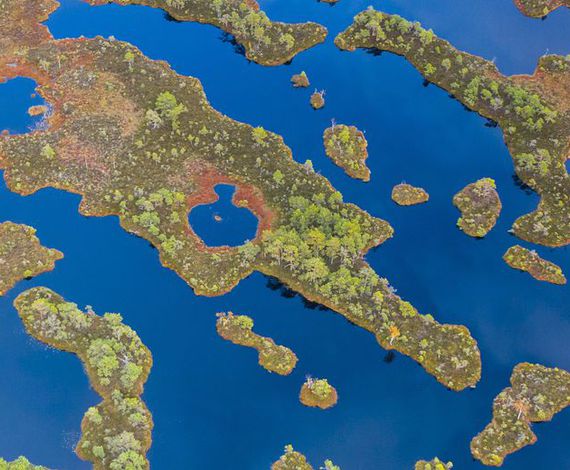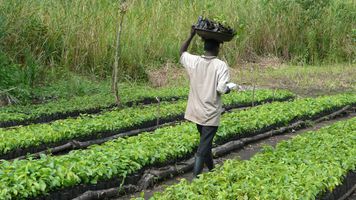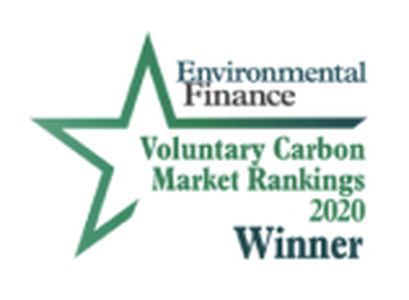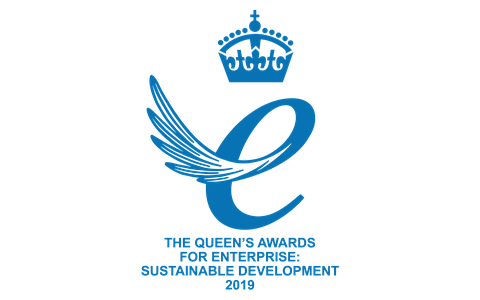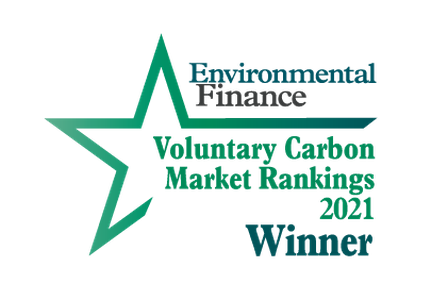For many years, buyers of carbon credits have held the power in the market, but market dynamics are shifting. In the first quarter of 2021 more credits were retired than issued for the first time. So, what’s going on? Robert Stevens, Director of Policy and Public Affairs, explains.
The rising price of carbon credits: A matter of supply and demand
As recent reports outline the urgency of climate action, more and more businesses are taking steps to reduce and remove emissions from their operations and beyond. In our latest research into the Climate Commitments of the Fortune Global 500 we found an 8% increase in those commitments (though still 60% have none). To meet their targets, alongside implementing plans to deeply cut their carbon footprints, these companies are supporting and developing low carbon projects. Ecosystems Marketplace reported last week that so far in 2021, 239 million tonnes have transacted, which is more than the 188 million tonnes transacted throughout all of 2020.
It’s clear that this demand is only going to increase further, as more companies commit to carbon neutrality, net zero, and similar goals. The Taskforce for Scaling the Voluntary Carbon Market projects that the voluntary carbon market must scale 15-fold in order to deliver global climate targets.
And a report from Trove Research and University College London published in June this year, found that today’s average prices of $3-5 per tonne CO2e will need to increase to $20-50 per tonne CO2e by 2030 and potentially higher, if financing projects through the voluntary carbon market is going to deliver emissions reductions beyond those that would already have occurred.
While these developments are welcome—and indeed necessary—to stave off the worst effects of climate change on people and biodiversity, they are adding to the need to deliver new projects.
With increasing demand, a new supply crunch.
The great news is that this demand should stimulate development of the new carbon reduction projects we need to help us tackle climate change. However, this won’t happen overnight. Projects take time to develop. The time from submitting a project for approval to issuing verified credits can range from two years, to more than 10 years for some nature-based solutions.
And a changing marketplace.
The types of carbon projects we see in the market are also changing.
We are already at the point where the majority of new renewable energy projects will no longer be accepted by carbon standards as qualifying for carbon finance, having now reached price parity with other energy sources. As was its aim, carbon finance has successfully helped establish this market and transition it to a fully commercial opportunity that can stand on its own. Up to now, these projects have typically been able to provide high volumes of credits at lower prices.
We are also seeing significant increases in demand for nature-based solutions – projects that work with local communities to protect our rainforests and other precious ecosystems, making it an economic proposition for them to leave trees standing, rather than cutting them for logging or agriculture. This type of project, which has the potential to provide high volumes of carbon credits, plays a critical role in meeting our global climate goals, as well as supporting the conservation of biodiversity and empowering local communities to develop long term sustainable business and livelihood models that work in harmony with the environment. That’s a win-win.
A recent upsurge in interest in carbon removal projects supports specific nature-based solutions—such as reforestation, afforestation, mangrove restoration —that provide carbon removal credits needed to meet net zero targets. However, even with investment today, it will be five to 10 years by the time they come on stream and start delivering carbon reductions at scale.
Similarly, the voluntary carbon market will need to embrace new project categories as standards become available. For example, new methodologies are in development for seagrass and seaweed restoration, expanding nature-based solutions further into ‘blue carbon’. Other technologies, such as direct air capture, have a long way to go before they become viable carbon market solutions, particularly in terms of price-per-tonne and the volume of CO2 removals they can realise.
What can your business do to manage this increasing price and supply risk?
As in any market, the result of increasing demand, combined with a delay in the growth of supply means price rises.
At Climate Impact Partners, we are operating at the intersection of this supply and demand challenge, both developing projects and working with our clients to meet their ambitious climate targets. Thinking ahead allows clients to manage price as well as secure supply. By understanding these market dynamics it is possible to develop plans now to ensure clients have the credits needed both today, and into the future. This can be anything from securing forward buys of credits from existing projects, right through to bespoke new project development.
The climate crisis is escalating, and this is a decisive decade for action. Carbon finance projects are a proven solution which can play an important role, and the market is increasingly sophisticated. Businesses can take advantage to deliver immediate results today and ensure a thriving future.
Aktuelle News

New test article 2023
A dummy article to test title issue.
Weiterlesen
Test article
This is an example of a test article.
Weiterlesen
Natural Capital Partners and ClimateCare become Climate Impact Partners
Natural Capital Partners and ClimateCare become Climate Impact Partners and sets goal of delivering 1 billion tonnes of emission reductions by 2030.
Weiterlesen

